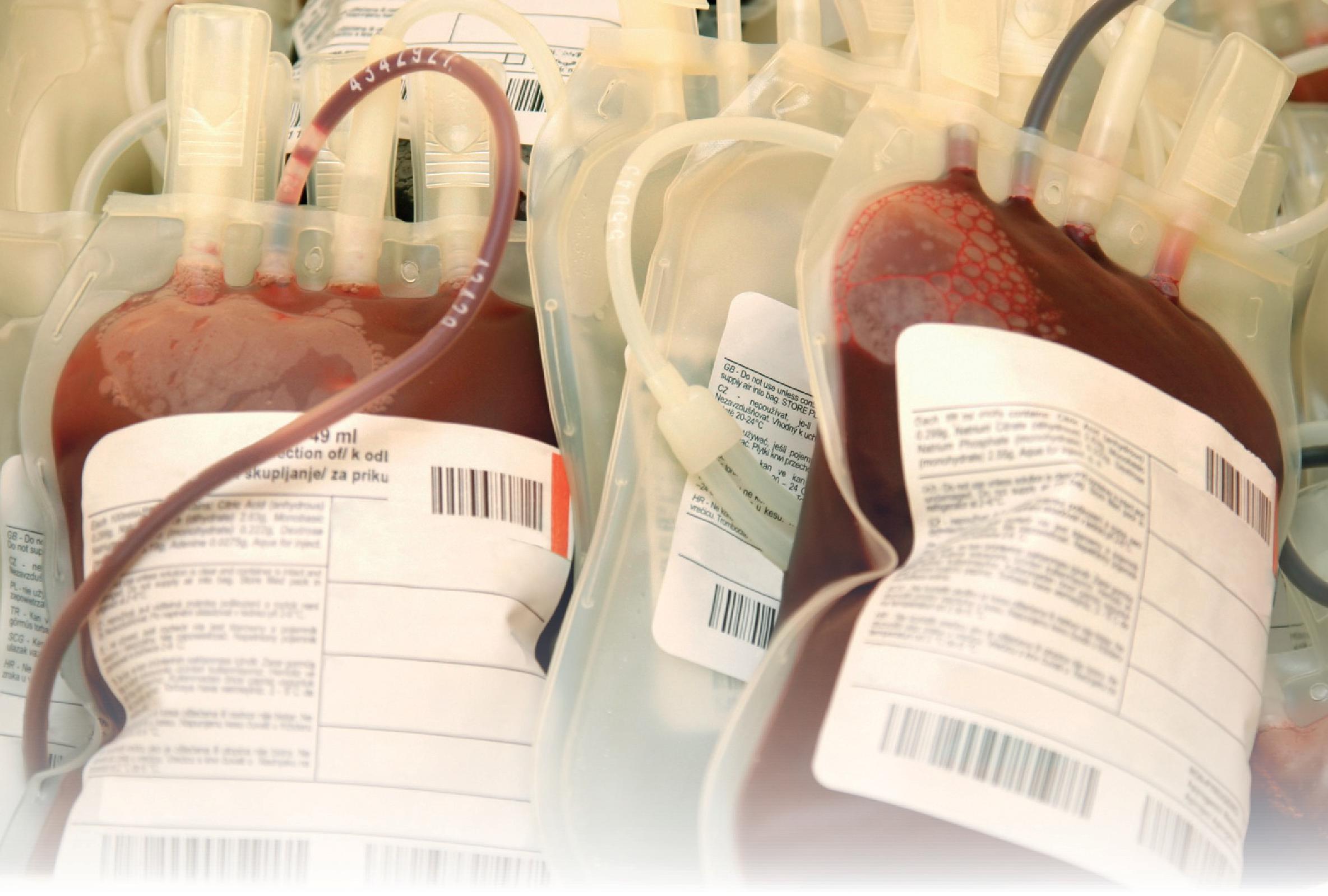
Every year, millions of people devote time, effort and money to voluntary activities such as donating cash for a cause, helping the elderly, cleaning beaches or donating blood. Yet for many of these activities, supply is still below what society demands. A notable example is blood donations. Donated blood is used for transfusions, which can be life-saving in such critical situations as blood loss due to trauma and surgery and the treatment of premature babies, as well as to treat several chronic diseases.
There is no available substitute for human blood, so all blood needed must be supplied by individuals. In the past few decades, the ageing population and medical innovations such as organ transplants have significantly increased demand. Even though many individuals are eligible to donate blood and there are numerous awareness campaigns promoting its importance, only a small percentage of eligible individuals (between 5% and 10%) donate blood in the Western world. As a consequence, episodes of blood supply shortage (where the supply is below what is necessary to last for 3 days) are the norm rather than the exception. This implies that, following a catastrophe or even a prolonged period of adverse weather conditions (with people being less likely to donate), hospitals and health centres come under pressure. Understanding how to secure a more stable supply of blood is therefore an important goal for public health.
Your organisation does not have access to this article.
Sign up today to give your students the edge they need to achieve their best grades with subject expertise
Subscribe




